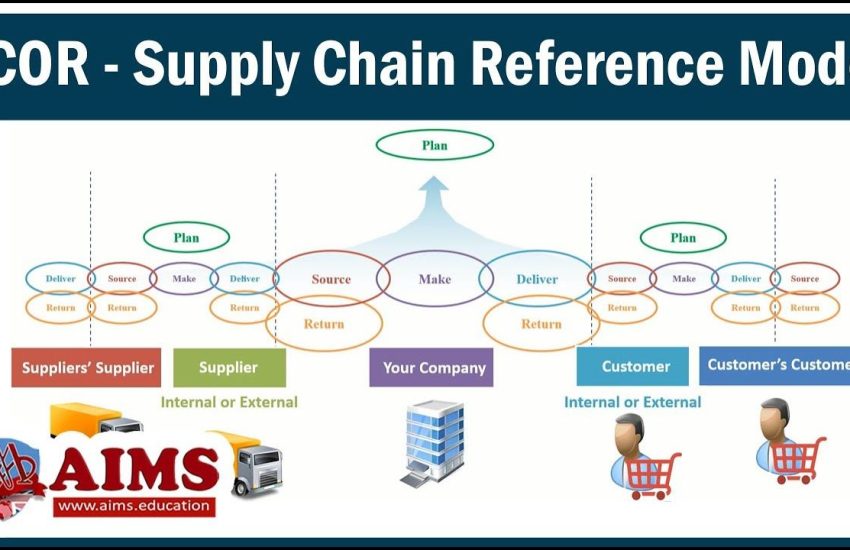Financial Forecasting: Plan for Future Success
Financial forecasting is a crucial aspect of any business strategy. It involves predicting future financial outcomes based on historical data and market trends. The process enables businesses to make informed decisions and plan effectively for the future. Whether you are a start-up or an established company, financial forecasting is essential to ensure long-term success and sustainability.
Why is Financial Forecasting Important?
1. Strategic Decision Making:
Financial forecasting provides valuable insights that aid in making strategic decisions. By analyzing past trends and current market conditions, businesses can identify potential risks and opportunities. This information allows for the implementation of effective strategies to mitigate risks, exploit opportunities, and optimize financial performance.
2. Budgeting and Resource Allocation:
Financial forecasting helps businesses with proper budgeting and resource allocation. By having a clear understanding of future revenue and expenses, companies can allocate resources efficiently, reducing unnecessary costs and ensuring that funds are allocated to the most profitable areas of the business.
3. Securing Investments and Loans:
A well-prepared financial forecast is essential when seeking investments or loans. Investors and lenders want assurance that their funds will be utilized effectively and generate returns. By presenting a well-documented forecast, businesses can enhance their credibility and increase the likelihood of securing financial support.
The Process of Financial Forecasting
1. Gather Historical Data:
To begin the financial forecasting process, gather and analyze historical financial data. This includes revenue, expenses, cash flow, and any other relevant financial information. By understanding past trends, you can identify patterns and make informed predictions for the future.
2. Identify Key Drivers:
Identify the key drivers that impact your business’s financial performance. This could include factors such as market demand, pricing strategies, production costs, and industry trends. Understanding these drivers will allow for more accurate forecasting and help you adapt your strategy accordingly.
3. Establish Forecasting Methods:
There are various methods you can use for financial forecasting, including qualitative techniques (market research, expert opinions) and quantitative techniques (statistical models, time series analysis). Depending on the nature of your business and the availability of data, choose the most suitable method for your forecasting needs.
4. Prepare Financial Statements:
Based on the gathered data and chosen forecasting method, prepare financial statements that reflect your projected future financial position. These statements should include a balance sheet, income statement, and cash flow statement. They will provide a comprehensive overview of your projected revenue, expenses, and overall financial health.
5. Monitor and Review:
Financial forecasting is an ongoing process. It is important to regularly monitor and review your actual financial performance against the forecasted figures. This will help you identify any deviations, reassess your strategies, and make necessary adjustments to stay on track towards your financial goals.
Challenges in Financial Forecasting
1. Uncertainty and Volatility:
The future is inherently uncertain, and financial forecasting involves making predictions based on assumptions. Economic conditions, market trends, and unforeseen events can impact the accuracy of forecasts. It is essential to consider potential risks and incorporate flexibility into your forecasting models.
2. Limited Data Availability:
For start-ups or businesses operating in emerging markets, it can be challenging to gather sufficient historical data for accurate forecasting. In such cases, qualitative forecasting techniques and industry benchmarks may serve as useful alternatives.
3. Changing Business Landscape:
Businesses operate in a dynamic environment, and factors such as technological advancements, regulatory changes, and competitive landscape can significantly impact financial performance. Financial forecasting should account for these external factors and adapt to the changing business landscape.
Conclusion
Financial forecasting is a critical tool for businesses to plan for future success. It provides insights for strategic decision making, efficient resource allocation, and securing financial support. By understanding the process of financial forecasting and being aware of the challenges, businesses can make more informed decisions and navigate the ever-changing business landscape more effectively.


